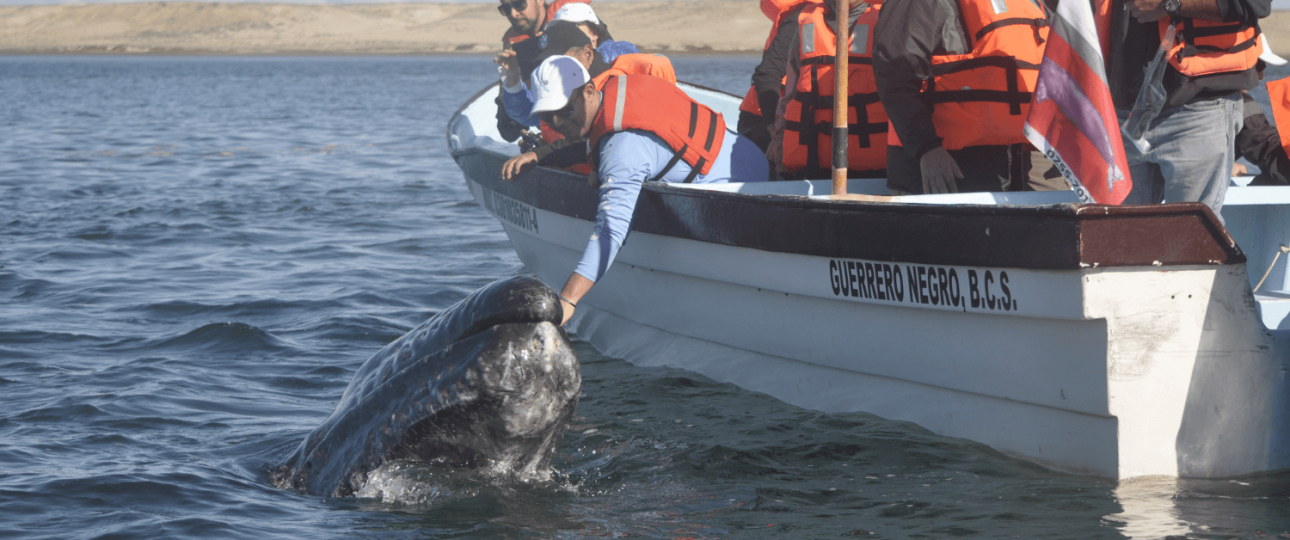Each winter, the Baja California peninsula in Mexico becomes a prime destination for witnessing one of nature’s most awe-inspiring events – the annual migration of the gray whale. These colossal marine mammals, some reaching lengths of up to 45 feet, make an incredible journey of over 5,000 miles from their feeding grounds in the Bering and Chukchi Seas off Alaska to the calm, sheltered lagoons of Baja’s Pacific coast. It is here, in these protected waters, that the gray whales come to mate, give birth, and nurse their young before embarking on the long trek back north.
For those fortunate enough to witness this natural spectacle, it is an unforgettable experience. As the gray whales approach the Baja shoreline, their majestic silhouettes can often be seen breaching the surface, their powerful tails propelling them skyward in a mesmerizing display. Once in the lagoons, visitors have the opportunity to observe these gentle giants up close, sometimes even being approached by curious babies or adults who seem to delight in interacting with humans.
The gray whales’ connection to the Baja peninsula is a long and fascinating one. For centuries, the indigenous communities of this region have revered the whales, incorporating them into their cultural traditions and folklore.
Today, the gray whale migration remains a crucial part of Baja’s ecology and economy.. Their arrival each winter also provides a significant boost to the region’s ecotourism industry, drawing visitors from around the world who come to witness this natural wonder.
However, the gray whales’ journey is not without its challenges. Climate change, pollution, and other human-induced threats have taken a toll on their population over the years. Conservation efforts, both local and global, have been crucial in protecting these majestic animals and ensuring their continued survival.
One of the primary initiatives is the establishment of protected areas, such as the El Vizcaíno Biosphere Reserve, which encompasses the Laguna Ojo de Liebre and Laguna San Ignacio – two of the most important birth and nursing grounds for gray whales. These sanctuaries, along with strict regulations on human activity, have helped to safeguard the whales’ delicate breeding and resting areas.
As visitors prepare to embark on their own whale watching adventures in Baja, they can take comfort in knowing that they are supporting the conservation of these magnificent creatures. With a little care and respect, the gray whales will continue to make their annual journey to the peninsula, delighting and inspiring generations to come.


